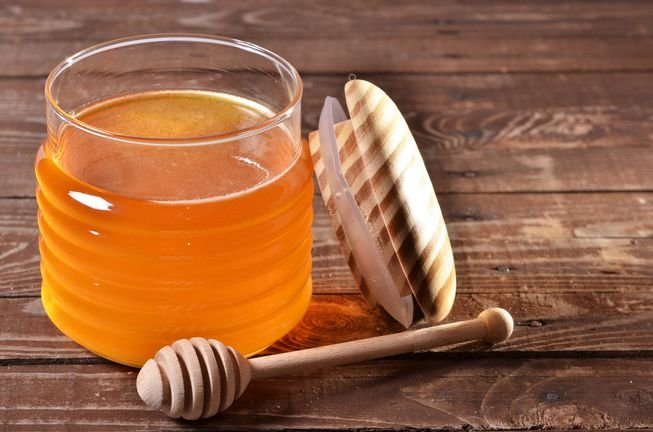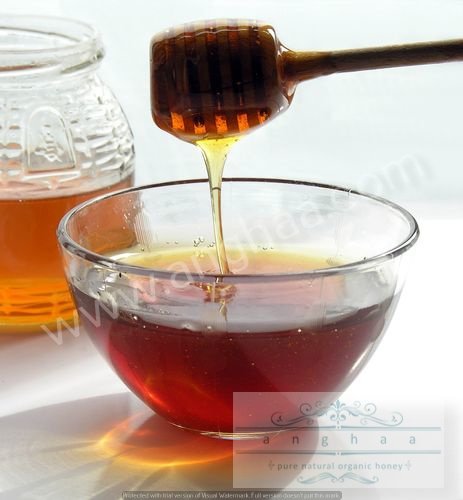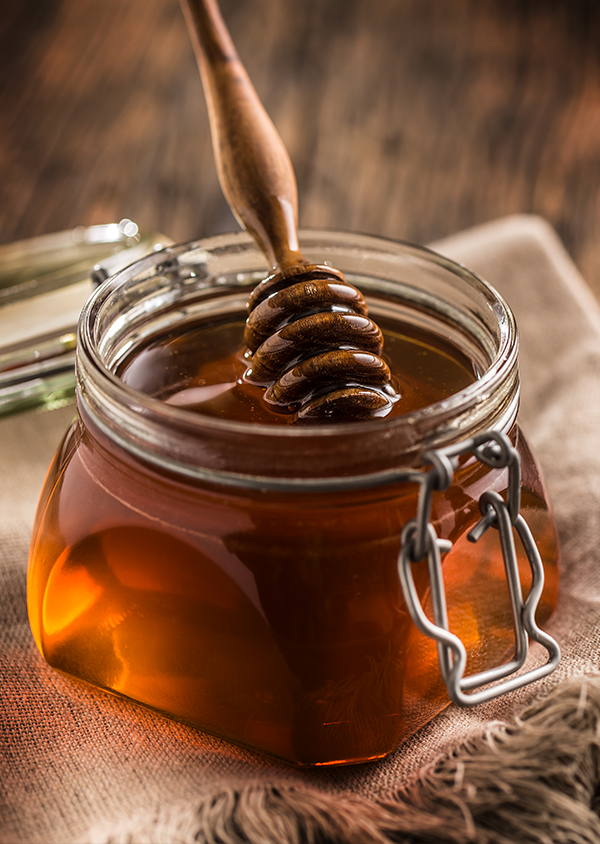
The Honey Dipper: A Handy Tool for Honey Lovers
Using a teaspoon to extract honey from a jar often results in sticky drips on the jar rim or other surfaces before the honey reaches its intended destination. A honey dipper, however, can minimize this mess if used skillfully. We provide one dipper with every jar of honey. Here are a few tips on how to use it effectively:
A honey dipper allows you to easily scoop honey out of the jar without it dripping all over your counter, giving you more control over the flow.
Beyond Honey
Despite the name, honey dippers are versatile and can be used with syrups, melted chocolate, caramel sauce, and other thick, sticky foods. With the right technique, you could walk around your entire house with a dipper loaded with honey without making a mess. The answer lies in physics—specifically, surface tension. The grooves in the dipper pull in the honey (which has high surface tension) when they are horizontal and release it when they are vertical.

How to Use a Honey Dipper
- Dip It – Insert the honey dipper into your honey jar at an angle. Twist the handle until the dipper is fully coated with honey.
- Twist It – Slowly twist the handle while lifting the dipper out of the honey. Continue twisting to prevent any honey from falling. You can even carry the honey dipper across the kitchen without it dribbling.
- Drip It – To release the honey, stop twisting. Gravity will take over, and the honey will drizzle from the end in a slow, even flow, like a golden waterfall. Move the honey dipper around to ensure even coverage.
You can also let the honey dipper soak in a cup of tea or use it to smear honey over roti, parantha, bread, or biscuits. After use, simply wash the wand with a brush and let it dry before the next use.

The Tradition of Wooden Honey Dippers
Traditionally, honey dippers were made from wood. Only recently have stainless steel, silicone, and plastic models entered the market. Wood is preferred because it does not degrade or impart off-flavors to the honey, unlike metal and plastic. Metal can cause a metallic taste and discoloration, while some plastics can also discolor the honey and are less durable over time. Wood is porous and absorbs the flavor of the honey without altering it, ensuring a pure taste. This is why wooden honey dippers have been used for generations—they last longer and do not chemically harm the honey in any way.
Our Commitment to Quality
At Anghaa Utpad, located in Nainital, India, we use high-quality Sesham wood for our honey dippers. Sesham wood is renowned for its durability and fine texture, making it an excellent choice for kitchen utensils. Our commitment to using the best materials ensures that our honey dippers not only perform well but also last longer, maintaining the integrity and flavor of your honey.